By switching Macs from Intel processors to Apple Silicon's own solutions, the Cupertino giant literally hit the black. The new Macs have improved significantly for several reasons. Their performance has increased solidly and, on the contrary, their energy consumption has decreased. New Apple computers are therefore faster and more economical at the same time, which makes them perfect companions for travel and at home. On the other hand, the transition to a different platform also took its toll.
It could be interest you
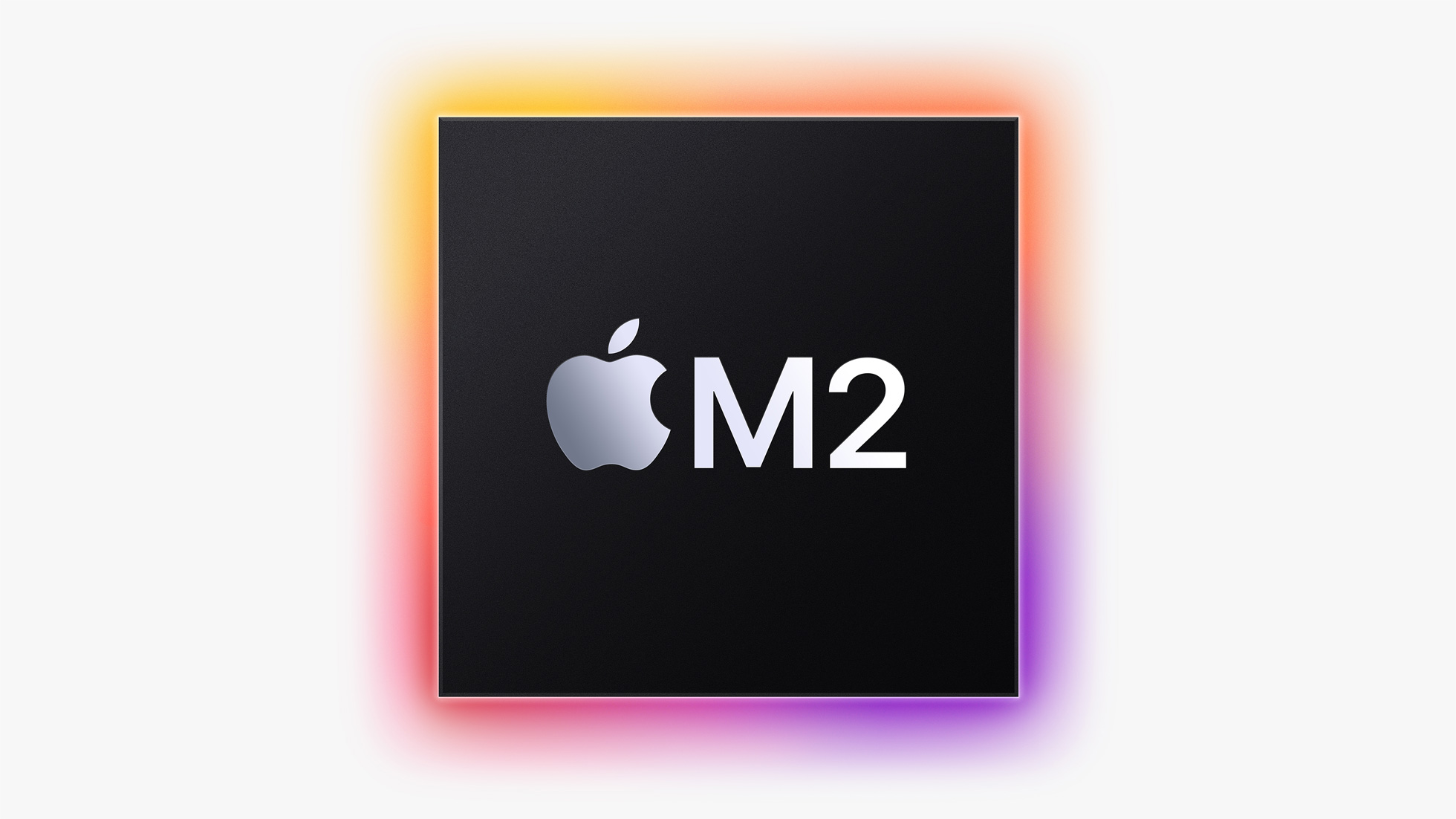
Apple Silicon's biggest shortcoming is compatibility with applications. In order to use the full potential of these Macs, it is necessary for individual programs to be optimized for the new platform, which must of course be taken care of by their developers. Fortunately, the high demand for these Macs also drives developers towards the necessary optimization. Subsequently, however, there is one more fundamental shortcoming – Macs with the so-called basic chip can connect only one external display (up to two in the case of the Mac mini).
The second generation does not provide a solution either
At first it was expected to be purely a first generation pilot issue. After all, this is precisely why it was more or less expected that with the arrival of the M2 chip we would see a major improvement, thanks to which Macs could cope with connecting more than one external display. The more advanced M1 Pro, M1 Max and M1 Ultra chips are not so severely limited. For example, the MacBook Pro with the M1 Max chip can handle the connection of up to three external displays with a resolution of up to 6K and one display with a resolution of up to 4K.
However, the recently revealed MacBook Air (M2) and 13″ MacBook Pro (M2) laptops have convinced us of the opposite – no improvements are made in the case of Macs with basic chips. The mentioned Macs are limited in this respect in exactly the same way as other Macs with M1. Specifically, it can only handle connecting one monitor with a resolution of up to 6K at 60 Hz. The question therefore remains whether and when we will see any change. Many users would like to connect at least two monitors, but basic Apple computers do not allow them to do so.
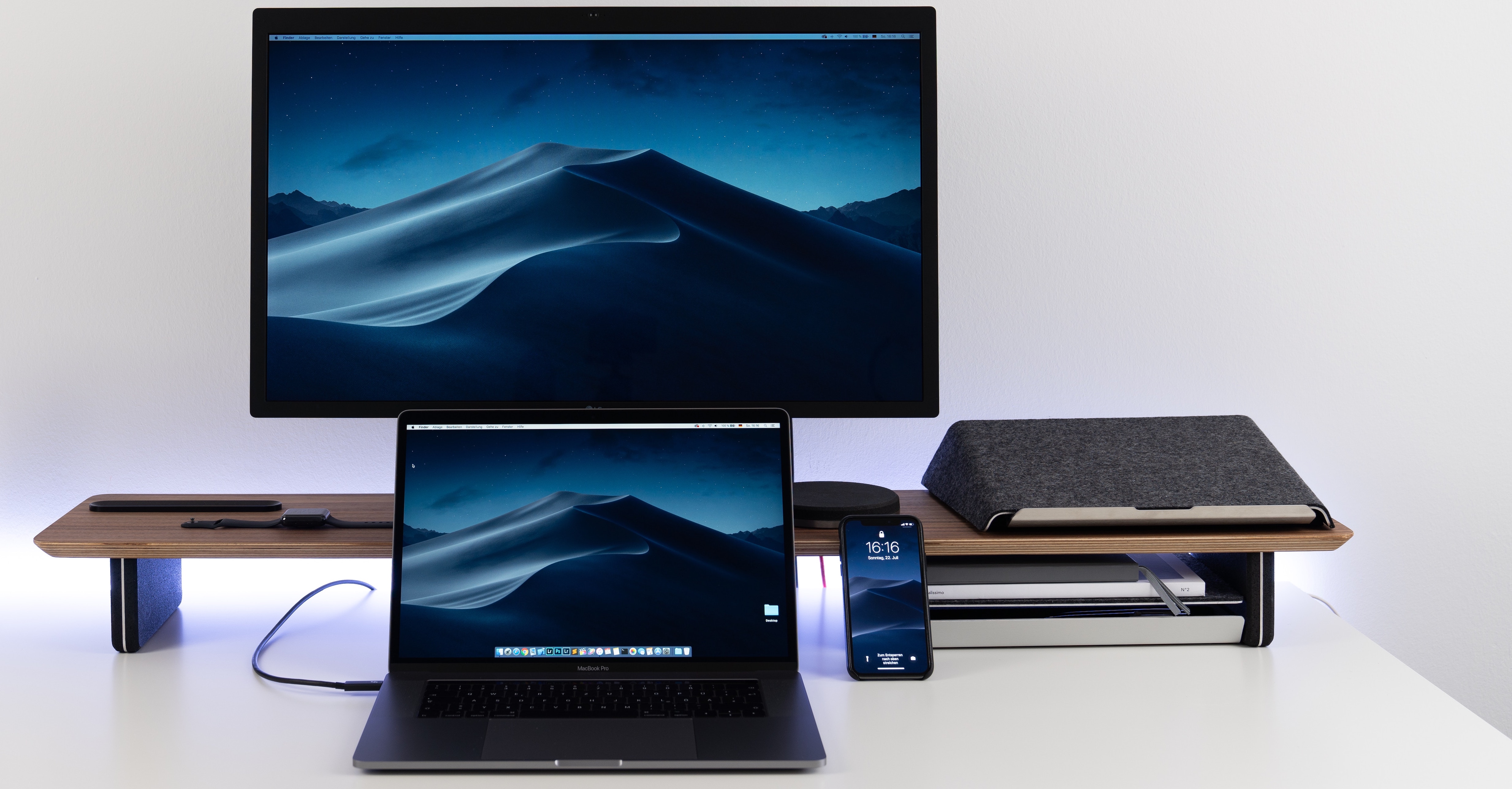
An available solution
Despite the aforementioned shortcoming, a solution is still offered for connecting several external displays at once. He pointed that out Ruslan Tulupov already when testing M1 Macs. In the case of the Mac mini (2020), he managed to connect a total of 6 displays, in the case of the MacBook Air (2020), then 5 external screens. Unfortunately, it is not that simple and you cannot do without the necessary accessories in this case. As Tulupov himself showed in his YouTube video, the Thunderbolt 3 dock in combination with a number of other adapters and a DisplayLink reducer was the basis for operation. If you were to try to connect the monitors directly and use the available connectors of the Mac, then unfortunately you will not succeed.
As we mentioned above, it still remains unclear when we will see the arrival of support for connecting multiple external displays. Would you welcome this change, or are you just fine with the ability to connect just one monitor?

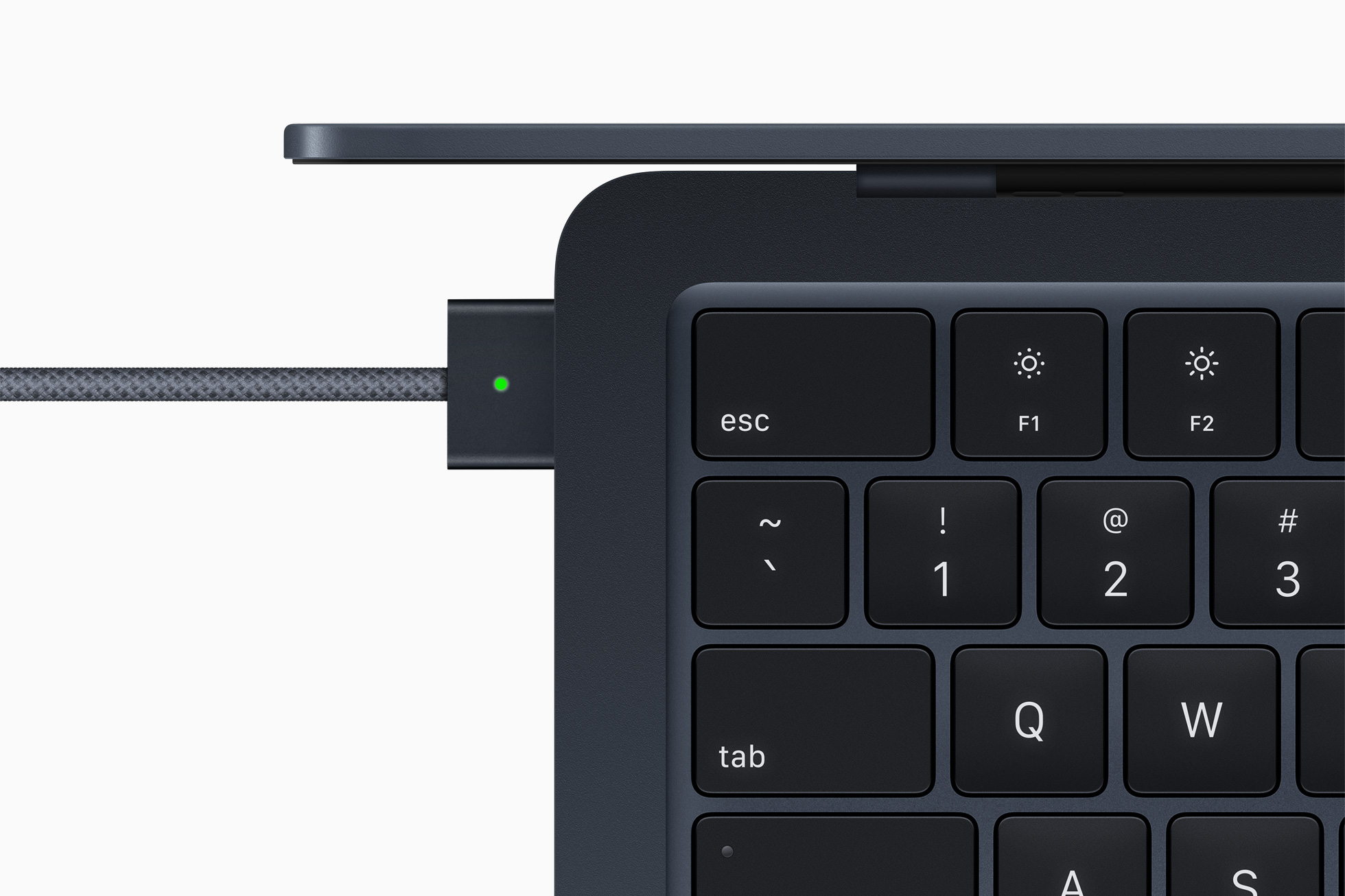

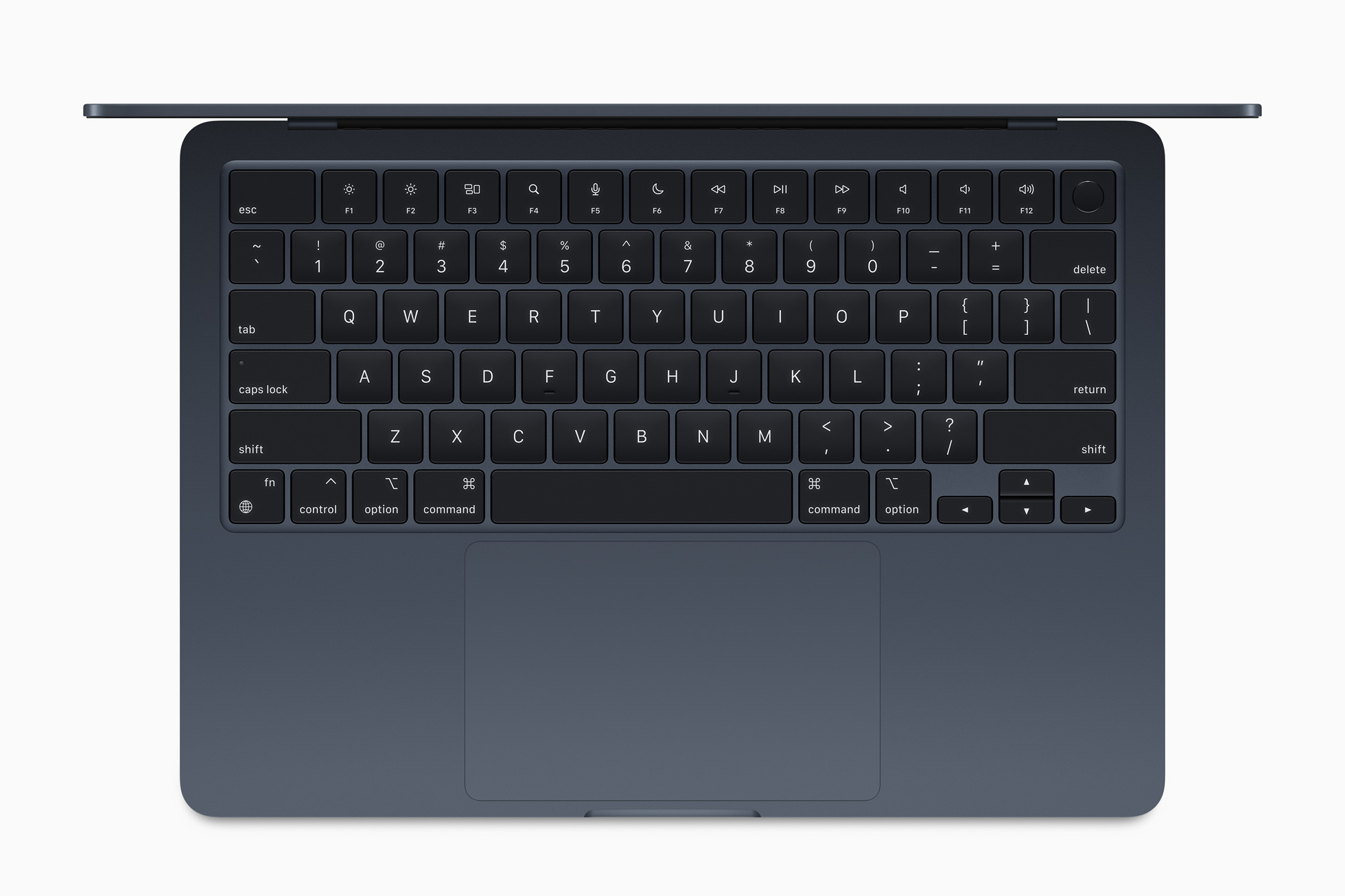
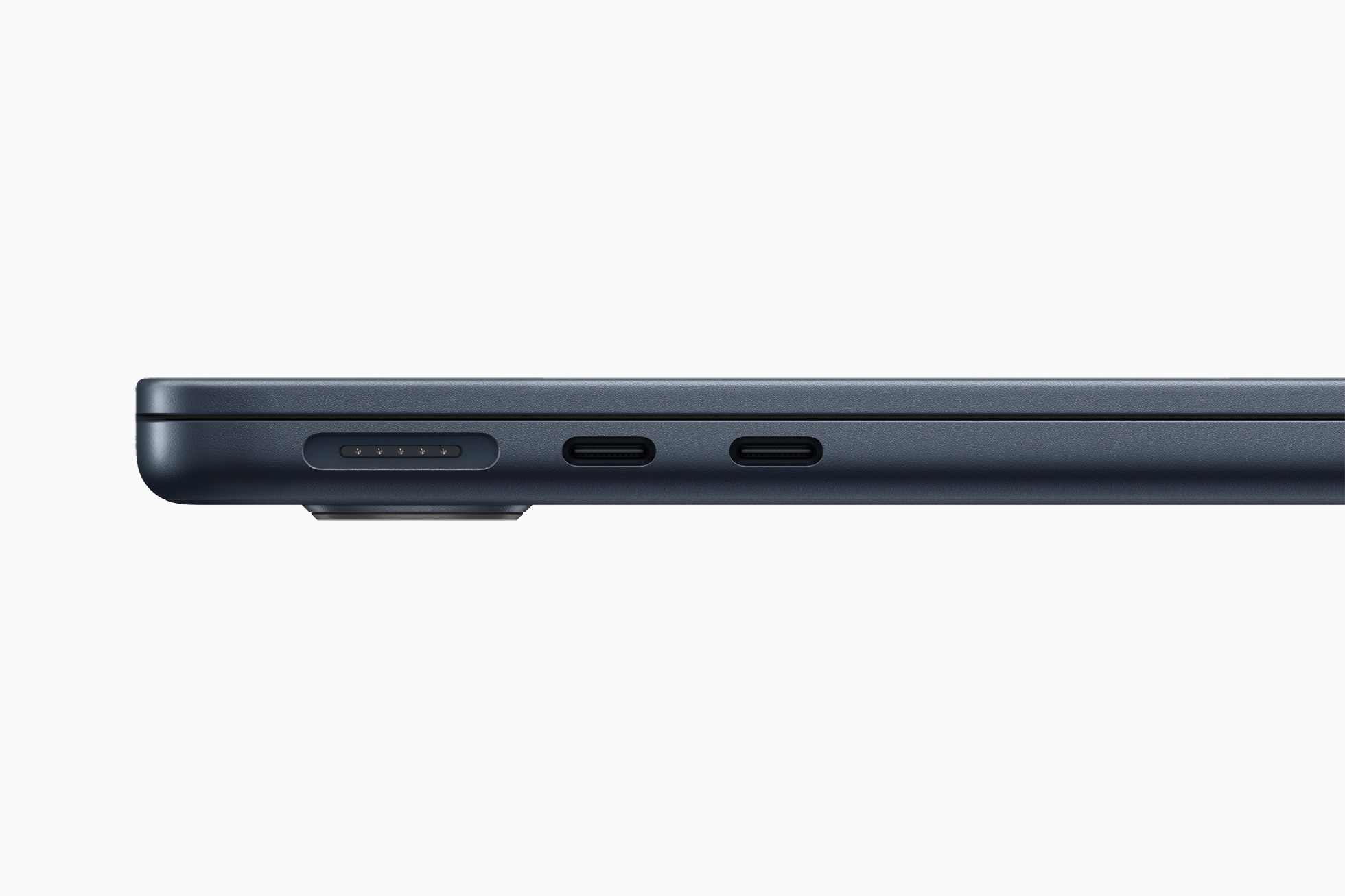

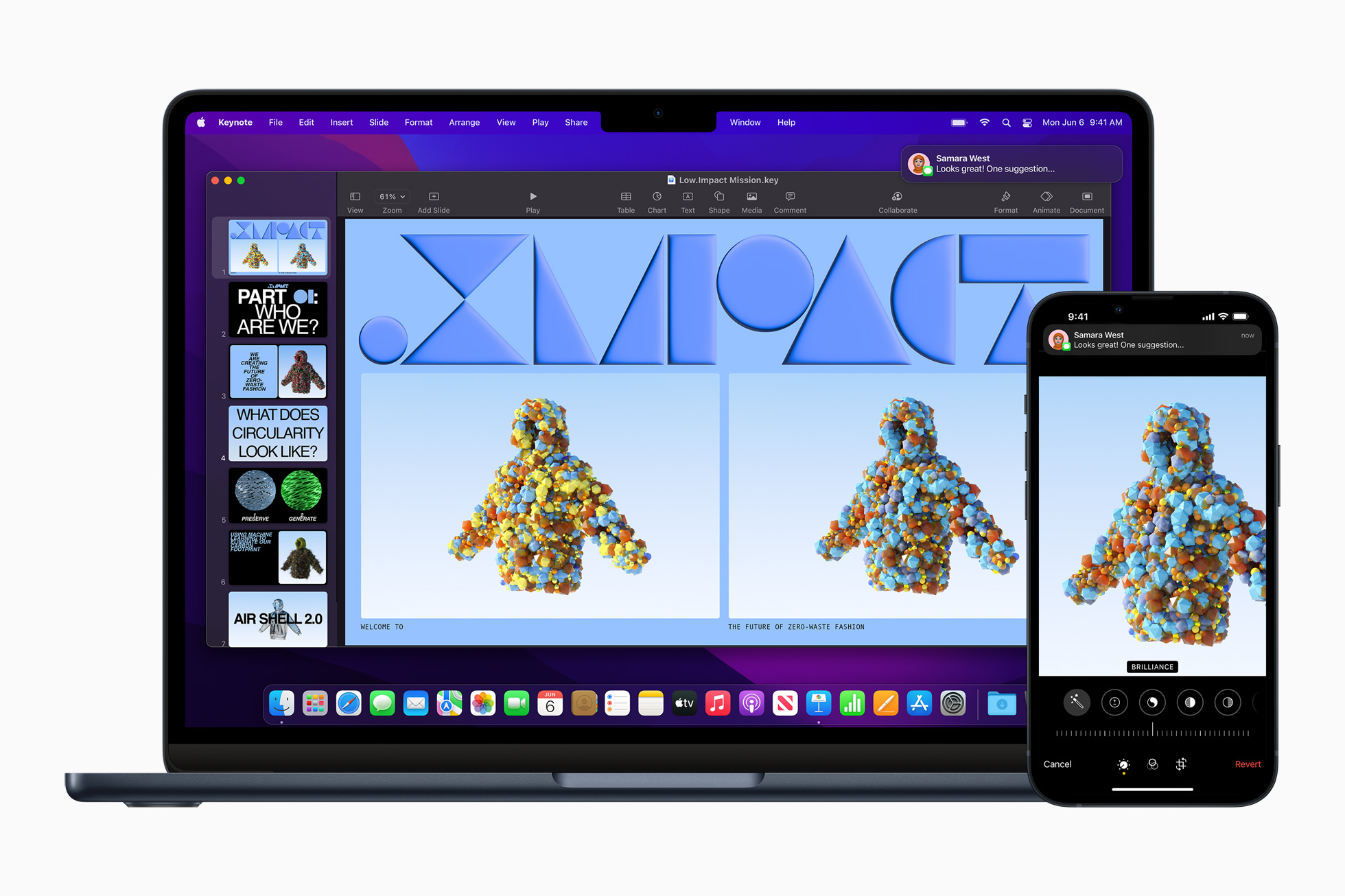
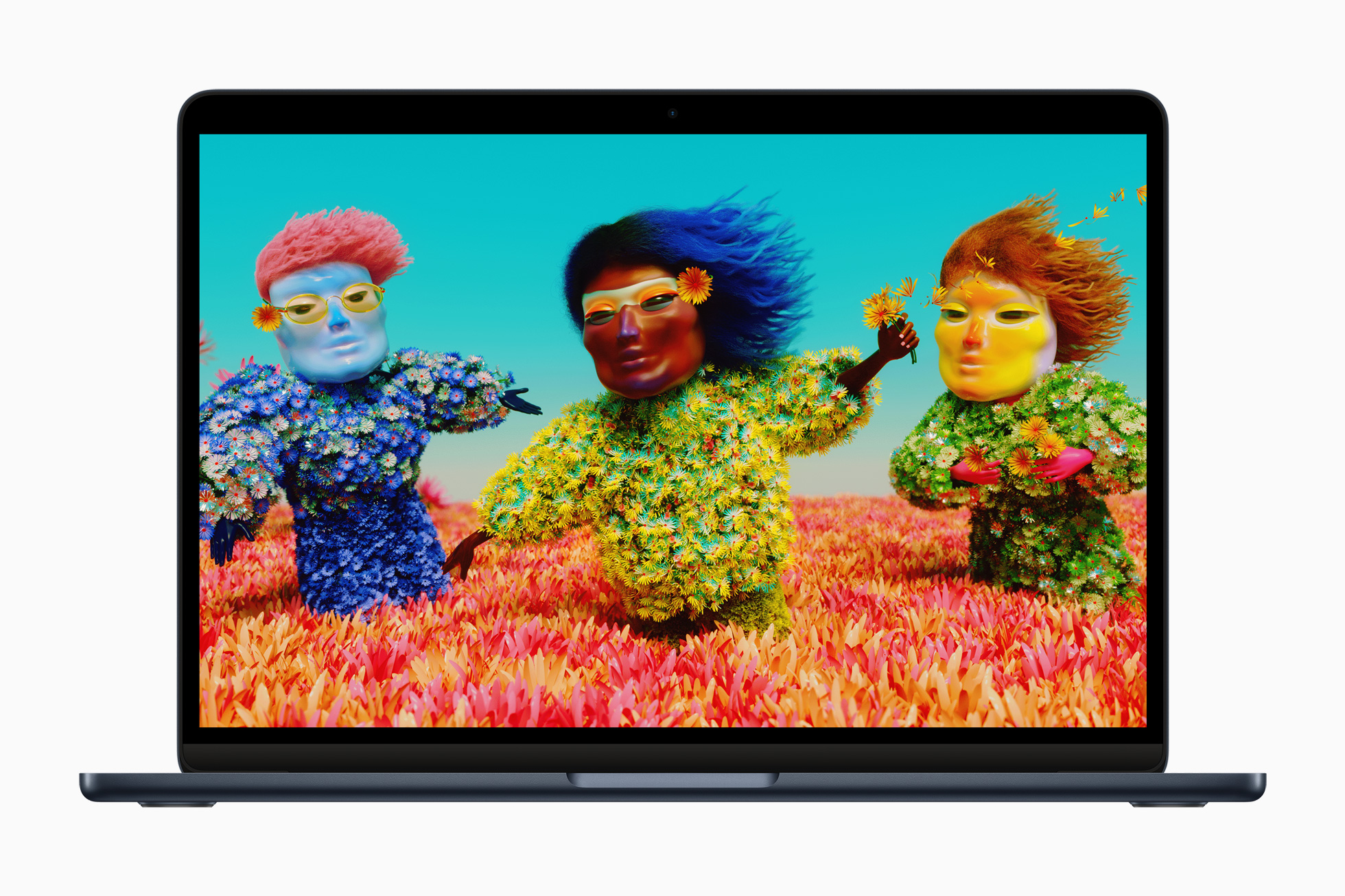
The "problem" is with basic configurations, for undemanding users. But you usually get by with a maximum of one monitor.
If the Macbook is my work tool and the Air is enough for me, but at the same time I need a larger screen, then the DisplayLink dokyna will pay for itself (it doesn't cost that much).
For example, I am much more annoyed that the Mac still does not support MST (multi stream transport) in the Displayport driver, which will allow chaining of monitors (from the laptop there is a cable to the 1st monitor and from it a DP cable to the 2nd monitor). At the same time, it works beautifully on Macs with dual boot.
That's clear. The M2 is just an overclocked M1 with 2 extra GPU cores. Personally, I expect a shift up to the M3, which will hopefully be "digging" more.
Does Macbook Air with M1 allow to use one ext monitor and laptop display at the same time?
Yes, I use this daily, Air M1 + 4K monitor
32″ monitor via i-tec hub (the kind usb-c/HDMI/usb-c + usb3.0) and I will put 2 windows in it, I replaced several smaller ones with one larger one. Air M2, but through my partner I also take an i-tec USB-C Metal Low Profile 4K Triple Display + PD 85 W docking station, she has a company HP and so do I actually.
Unfortunately, it does not work even with macbook pro in a high configuration, which disqualifies it in many fields where this solution is necessary. I'm talking about the entertainment industry and professional lighting applications.
Look at this. I'm going to try it. I hope this is of some use.
https://www.viewsonic.com/global/products/lcd/vTouch%20Driver%20for%20Mac%20Users
It is not entirely true that many reductions are needed. I use the Dell D6000 and D6000S docking stations at home and at work, and with the displaylink driver in the PC I use three monitors. It takes about 15% of the processor's performance, which is a very small loss for the M1 compared to the performance on the Intel.
At work I have a MacBook Pro, M1, 2020, 13″, which is definitely not a budget computer, and the limitation to one monitor is seriously frustrating. I was hoping Apple would fix this with Ventura, but nothing.